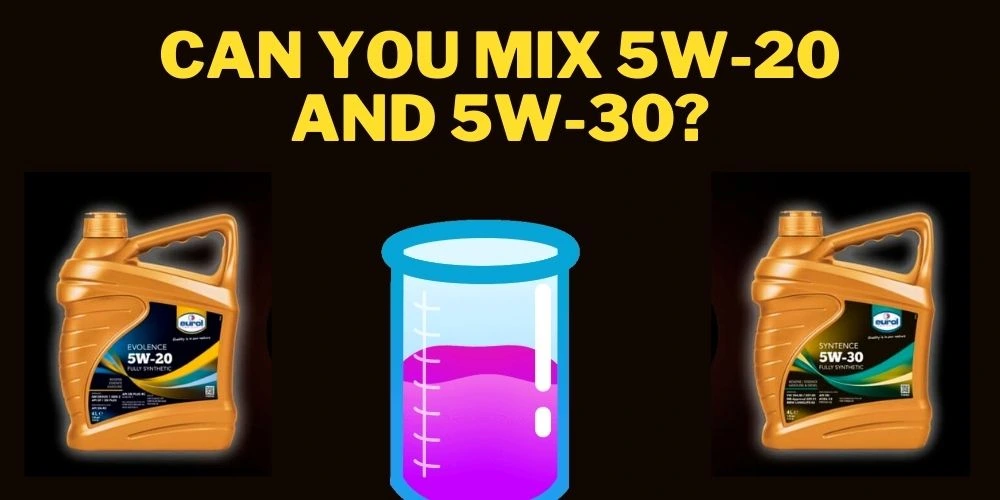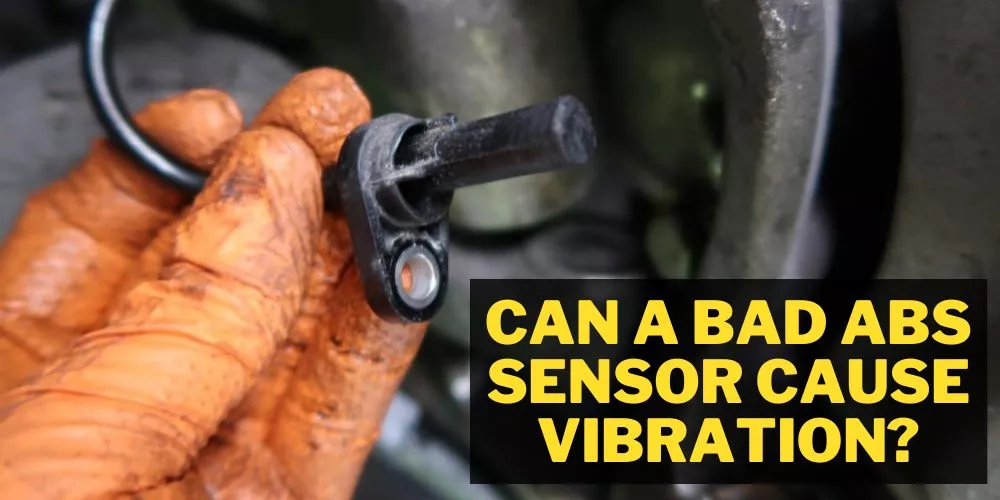A fuel pump is a vital component that plays a key role in a vehicle’s mechanism. If your vehicle’s fuel pump gets damaged, it will not run, and you need to replace it with a new one.
But after replacing it, you can also face a lot of problems, and some of them are the car facing difficulties in starting the engine, an incorrect reading on the fuel gauge or not working at all, stalling or sputtering, engine overheating, decreased fuel efficiency, irritating whirring sound, etc.
In this article, I am going to list some of the most common problems after changing fuel pump.
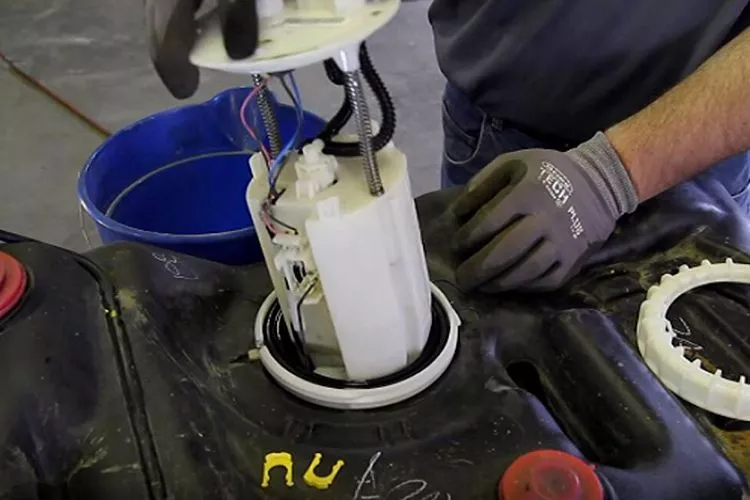
There can be varying reasons behind such problems. Maybe the fuel pump is not fitted correctly, or the pump is not made for your vehicle. In this article, we will discuss this topic and hope our detailed research will help those currently going through this phase.
Contents
10 Common problems after changing fuel pump
You may think your vehicle will run smoothly after replacing the disturbing fuel pump. But sometimes replacing it with a new one can lead to new problems. Such as-
- Difficulty starting the vehicle
- Stalling or sputtering
- The fuel gauge is not working correctly
- Decreased fuel efficiency
- Loud or unusual noises coming from the fuel pump or fuel system
- Difficulty accelerating or maintaining speed
- The gas pedal feeling “soft” or unresponsive
- Warning light for the fuel pump or fuel system illuminating on the dashboard
- Engine overheating
- Inconsistent fuel pressure
Here we will discuss the reasons for these most frequent problems one can face after replacing the fuel pump. And the most suitable solution to solve these issues.
Difficulty starting the vehicle
After replacing the fuel pump, if the car is facing difficulties in starting, there is something wrong with the fuel pump.
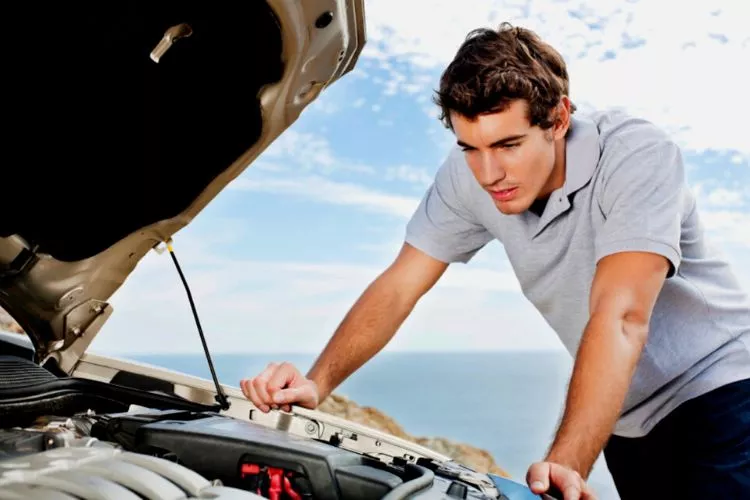
Reason: The incorrectly aligned fuel pump is probably the main reason behind it. But this can also happen if the fuel line is not clean and clogged.
Solution
- If the fuel line is clogged, you must clean it properly.
- If there is a alignment problem, you need to fix it properly.
Stalling or sputtering
If your car starts to stall and sputter after installing a new fuel pump, you need to find its main reason. There are a lot of factors that can cause it.
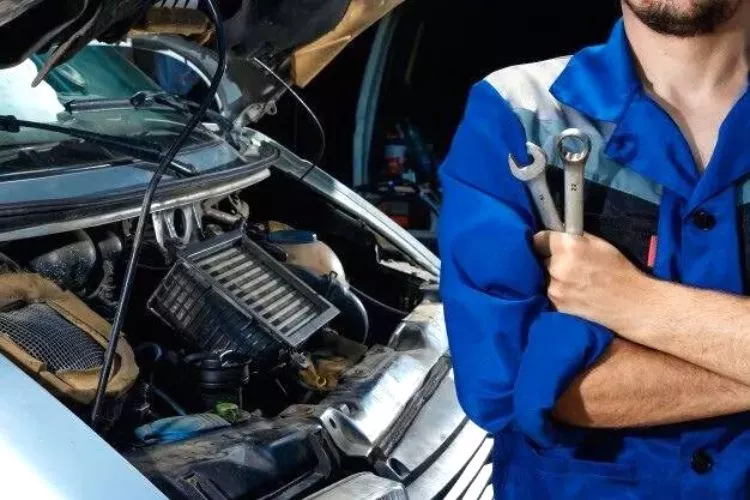
Reason
- The main reason is that the car’s engine is not getting sufficient fuel. The fuel pump was probably not fitted correctly, resulting in poor fuel pressure.
- Improper wiring can be another reason behind it. Maybe, inside there, something got short.
Solution
- The easiest way to treat this issue is to clean the fuel filter; replace it if required.
- Installing the fuel pump properly is another important thing to do.
The fuel gauge is not working correctly
If you certainly direct that the fuel gauge is not giving accurate results, then you need to recheck the fuel pump once.
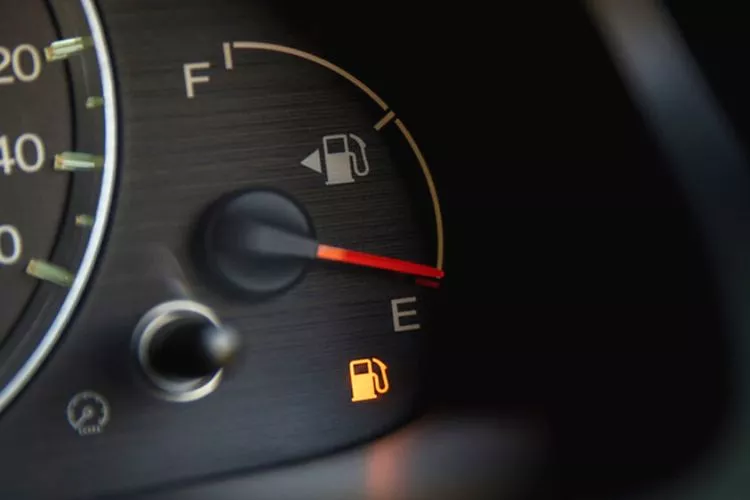
Reason
- The fuel sender unit can be responsible for this problem. This unit’s main objective is to signal the gauge about the quantity of fuel left in the tank. If it is faulty, then the gauge can’t deliver accurate results.
- Another possibility is that the connection between the fuel sender unit and the gauge is broken, or there is a problem with the connector plugs.
Solution
- First, you must ensure that the oil tank sensor is working properly. If there is any fault, change the sensor.
- Then look for if any loose connection exists.
- If the problem still exists, you need to replace the gauge itself.
Decreased fuel efficiency
If you suddenly find that your car’s fuel efficiency is decreased rapidly after changing the fuel pump, then the incorrect fitting of the fuel pump can cause.
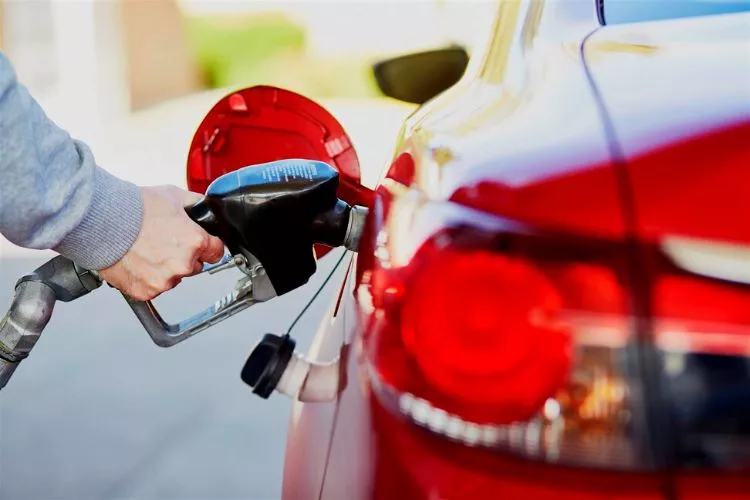
Reason
- If the pump you have installed in your car is incompatible with your vehicle, this type of problem can occur.
- Improper fitting of the fuel pump can also lead to this problem.
Solution: Please ensure that the new fuel pump is compatible with your car’s model. And it is fitted properly.
Loud or unusual noises coming from the fuel pump or fuel system
If you find a high-pitched whirring sound coming from the pump or fuel system, you need to re-check the car’s fuel pump.
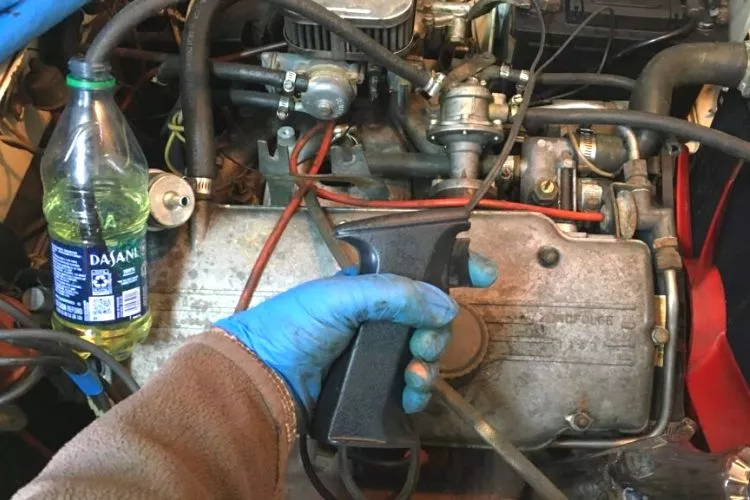
Reason: If the new fuel pump is incompatible with your car’s mechanism, this type of noise can occur. A defective pump can also cause it.
Solution: An incompatible or defective fuel pump must be changed as early as possible.
Difficulty accelerating or maintaining speed
Sometimes, you can find that the car can’t give the expected acceleration after changing the fuel pump. The vehicle’s acceleration becomes slightly slower, and it can’t maintain the speed, and you need to accelerate continuously.
Reason: This type of problem can result from an inefficient or faulty fuel pump. The engine is not getting a proper supply of fuel.
Solution: By cleaning the air filters, you can get the desired results sometimes. But, most of the time, you must replace the faulty fuel pump with a new one.
Warning light for the fuel pump or fuel system illuminating on the dashboard
When there is any fuel pump issue, you can see a warning light on the dashboard to blink.
Reason: This directly indicates not having a proper and efficient fuel pump. Maybe the fuel pump is not fitted properly or incompatible with your car’s model.
Solution: Visit the mechanics again and elaborate on the problem. They can suggest what is wrong with the fuel pump. If there is an issue regarding compatibility, then it is good to purchase genuine parts from the official retailers of your car’s company.
Engine overheating
There are many reasons why a car’s engine can overheat. But after replacing the fuel pump, if you find that the car is getting overheated frequently, the fault may be the fuel pump.
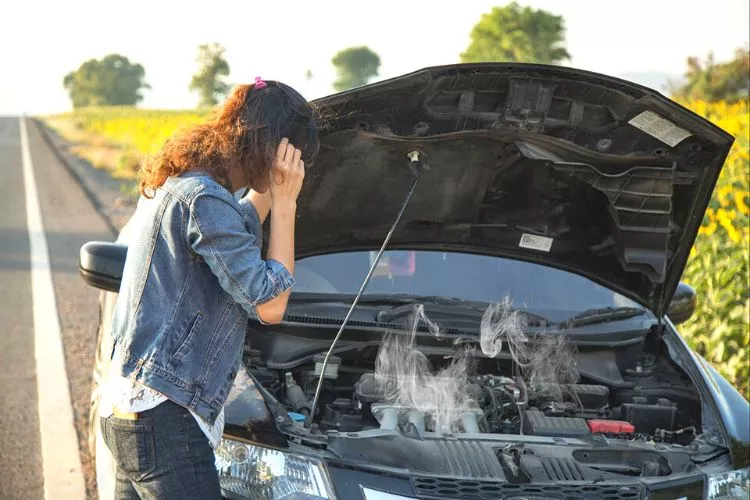
Reason: The engine is not getting a proper fuel supply.
Solution: First, look for any fault in the fuel pump. If it is perfect, check the level of the radiator fluid. If it is empty, fill it immediately. Then check the coolant level. If it is empty, fill it.
Inconsistent fuel pressure
After replacing the fuel pump, if you find inconsistent fuel pressure, you need to recheck the fittings and efficiency of the new fuel pump.
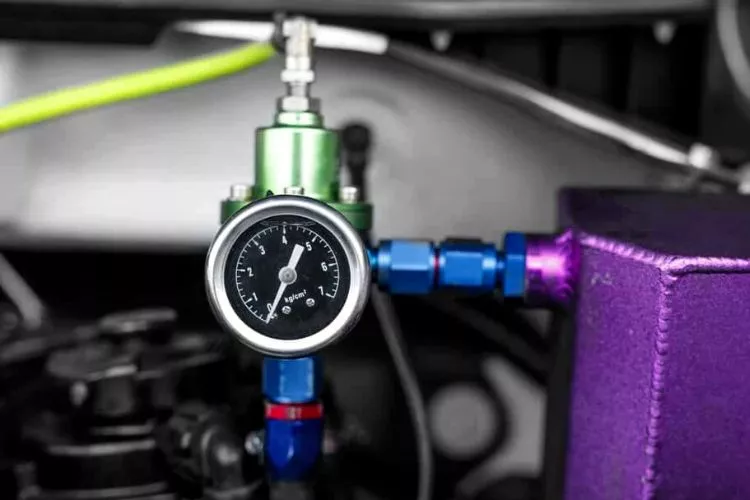
Reason: A faulty fuel pump relay is the main cause of inconsistent fuel pressure. A faulty fuel pump relay can’t generate the required power for pumping. A faulty fuel pressure regulator or a clogged fuel filter can also be the reason behind it.
Solution: The most effective solution to this problem is to replace the faulty relay. Also, check the fuel filter and the fuel pressure regulator. If you find anything faulty there, change that immediately.
What happens if you install a fuel pump incorrectly?
If a fuel pump is not installed properly, it can lead to various problems. First, the car will not run as smoothly as before; even sometimes, you can see that the car does not get started.
Other problems are poor fuel pressure, incorrect fuel gauge measurement, irregular loud noises from the engine, stalling or sputtering, etc.
What to do after replacing a fuel pump?
- Immediately after replacing a fuel pump, you need to follow some simple steps so that the new pump can work efficiently.
- Take a safe container, drain the entire fuel tank, and keep it safely in one corner of the room.
- Now check the top of the fuel tank. If you find any rust or debris, swap it out.
- Now carefully take off the fuel pump and swirl the left liquids.
- Take a low-suds soap, mix it with some water and clean the internal section of the fuel tank properly.
- Now swirl the inner section of the fuel section properly and drail the entire tank properly.
- Dry the internal section with compressed air, take a lint-free towel, and wipe down the entire fuel tank properly.
- Leave the tank for half an hour to get completely dry and inspect for any existing damages.
Steps to troubleshoot and fix problems after changing a fuel pump
If your fuel pump is not working properly, then the fuel line may get clogged, or the pump is broken. Many reasons can lead to these unfortunate things, such as faulty wiring, a short circuit, the pump not fitted properly, or the pump not compatible with your vehicle.
There are some simple steps to identify the proper reason for this issue.
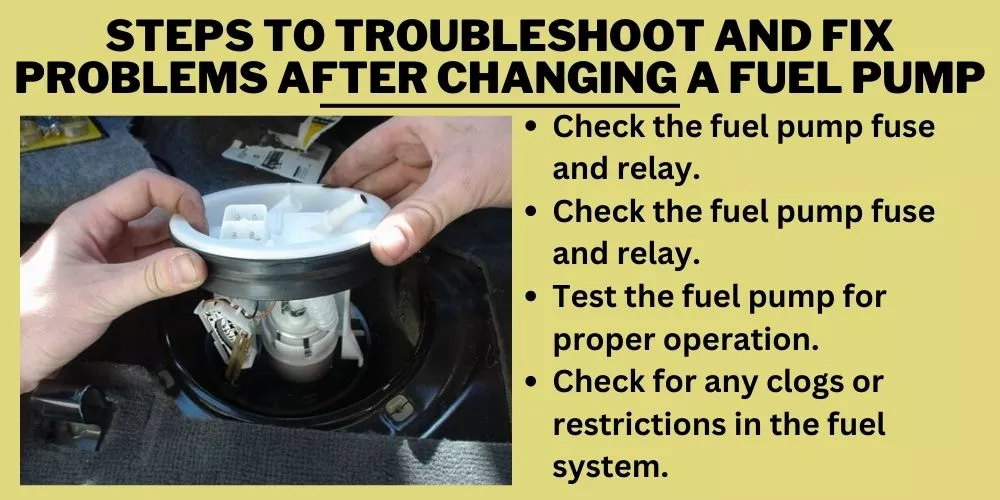
Check the fuel pump fuse and relay
First, check the fuse attached to the fuel pump and the relay. If the fuse is cut, there will be no power supply, and the pump will not run. The relay is the key thing that generates the power to the fuel pump. The pump will not work at its full capacity if it is faulty.
Inspect the fuel pump wiring and connections
Loose connections and short circuits are the other two reasons that can make the fuel pump inefficient. So whenever there is any fault in the new fuel pump, please check the electrical wiring and connections carefully.
Test the fuel pump for proper operation
If the new fuel pump is faulty, you must replace it. To check it, you need to take it out of the car and test it externally. If it is not working well, you need to claim its warranty.
Check for any clogs or restrictions in the fuel system
At last, you need to check the entire fuel system for any clogs or restrictions. You need to give special attention to the fuel line. And ensure there is no obstacle in the fuel line.
Frequently Asked Questions (FAQs)
Why is my car not starting after replacing the fuel pump?
If your car doesn’t start after replacing the fuel pump, several reasons exist. A faulty fuel pump, a faulty fuel injector, a defective air filter, a faulty spark plug, or a faulty fuel pressure regulator can be behind this problem. Another possibility behind this problem is that the fuel pump is not aligned or installed properly or there is some obstacle in the fuel line.
Do you have to prime a fuel pump after replacing it?
After you have replaced the defective fuel pump, it is good to prime it. After priming, the pump can work better and generate equal and sustainable pressure.
When replacing a fuel pump, What else should you replace?
Along with replacing the fuel pump, it is good to replace all the defective air filters and pressure regulators.
How do I know if my fuel pump is getting power?
With the help of a simple multimeter, you can easily measure the fuel pump’s voltage. By measuring it, you can easily determine whether the fuel pump is getting power.
Conclusion
In this article, we have covered most of the common problems that users face after replacing the fuel pump of their car, and we have mentioned their possible and effective solutions. Hope this article will help them identify why they faced various problems after changing the fuel meter. If anyone still has any doubt regarding it, it is good to consult a good mechanic to fix the issue.

